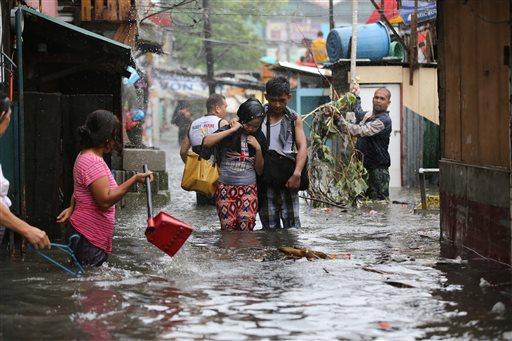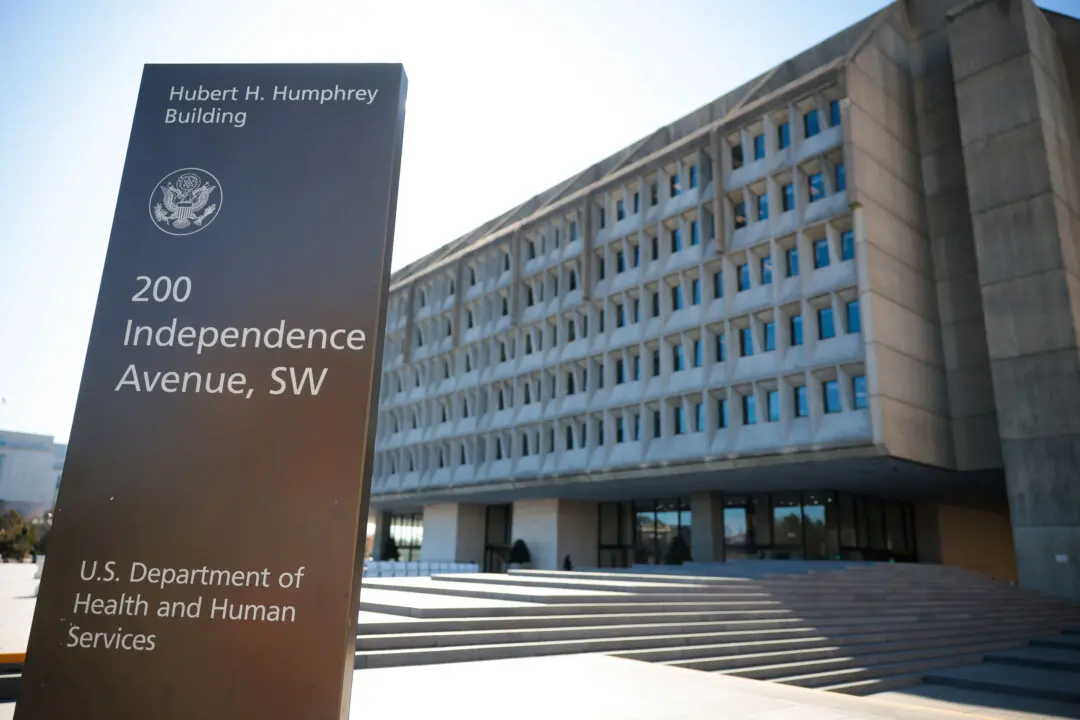Typhoon Glenda, also known as Rammasun, moved through the Philippines overnight and into Wednesday morning but shifted slightly to spare the capital Manila and densely populated northern provinces, the weather agency PAGASA said.
But the typhoon did kill at least 12 people across the country and knocked power out in metro Manila in addition to other areas.
The agency said in a 4:15 a.m. local time alert on July 16 that the storm accelerated while maintaining its strength, but the eye moves from Nagcarlan to Talisay to Imus to Manila Bay, before shifting to Bagaca, Bataan as of 9 a.m.
The typhoon is expected to exit landmass via Zambales by noon.
“By Thursday morning, it will be at 190 km West of Dagupan City and at 580 km Northwest of Dagupan City or outside the Philippine Area of Responsibility (PAR) by Friday morning,” PAGASA added.
The maximum sustained winds were 150 kilometers per hour (93 miles per hour) near the center with gusts of up to 185 kph (115 mph)..
Despite Manila and the dense areas avoiding being directly pummeled, the typhoon’s strong wind and gusts brought down trees, electric posts and ripped off roofs across the capital of 12 million people where government offices and schools were closed. While there have been no reports of massive damages and flooding, officials warned the public the danger wasn’t over.
More than 370,000 people moved from high-risk villages to emergency shelters in six of the nation’s provinces.
The storm weakened before blowing out of the country later Wednesday, heading toward northern Vietnam or China’s Hainan Island, forecaster Jori Loiz said. He said it could regain strength while crossing the South China Sea.
In a shantytown at the edge of Manila Bay, hundreds of people fled when strong winds tore tin roofs. Most were drenched before they reached an evacuation center with the help of emergency workers.
TYPHOON “GLENDA” IS NOW OVER THE WEST PHILIPPINE SEA MOVING TOWARDS BAJO DE MASINLOC, ZAMBALES.





